(July 31, 2023) His latest film credits include the recent blockbuster Barbie and Disney’s Haunted Mansion. For, a boy from Hyderabad, to make his mark in the holy grail of Hollywood, it has been one interesting ride for actor and model Mahesh Sriram.
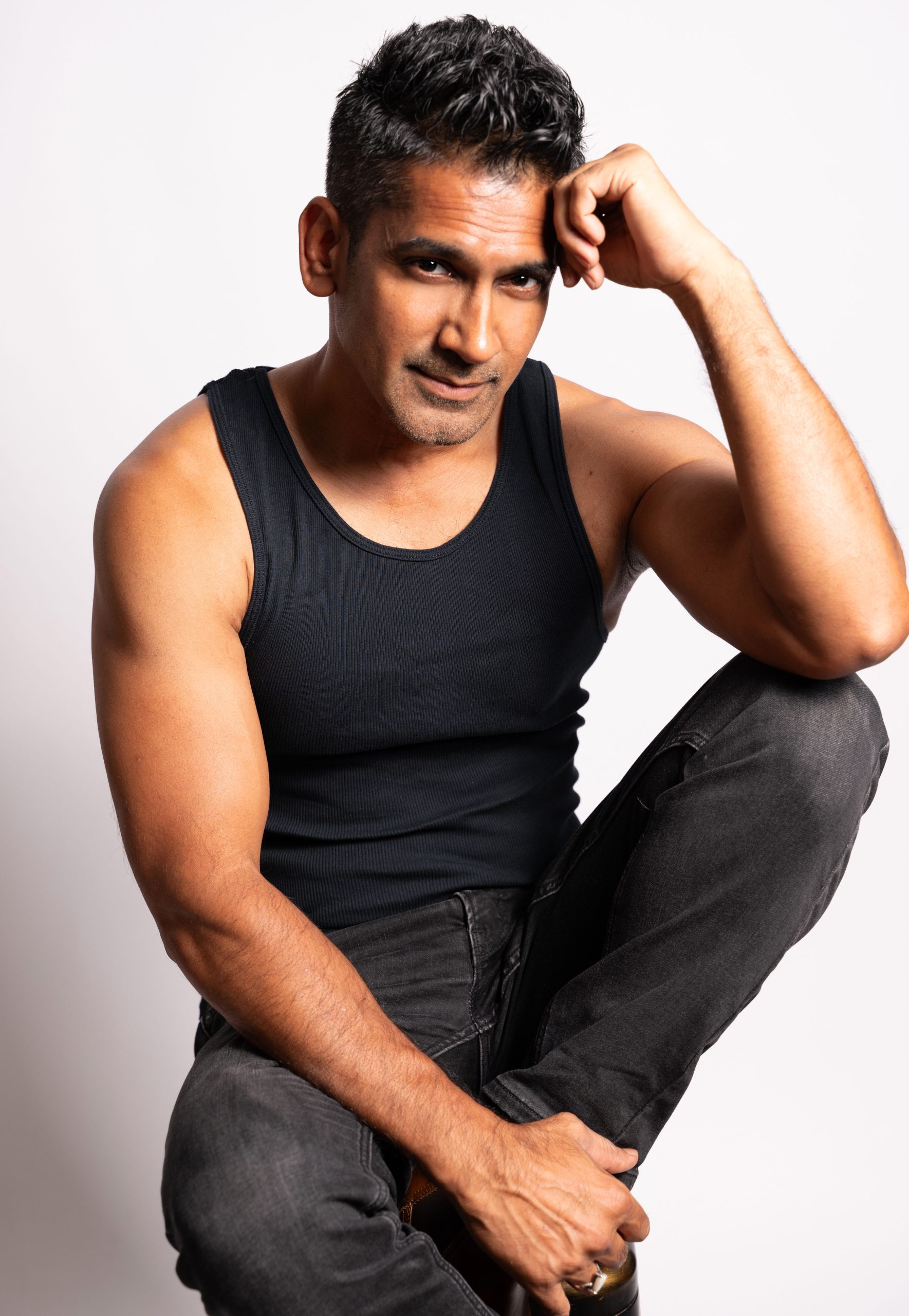
The actor notes, “The joy of bringing characters to life and leaving a positive impact on people’s lives through my work has made every difficulty worthwhile. I am incredibly grateful for the journey I’ve undertaken in the movies.” The actor’s career path started quite early, during his college years when fashion photographers noticed him. He debuted as a print magazine model and was part of several advertising campaigns and fashion shoots. He then moved to Hollywood where he is known for his roles in movies including Day 5, Ohryis Project, and Hang Up.
The Wonder Years
Growing up in Hyderabad, Mahesh’s childhood was filled with curiosity and passion for the arts. He had a deep interest in acting and modeling and started his journey in the entertainment industry in Tollywood, the Telugu film industry in Hyderabad. “It was an exciting and challenging time, but it laid the foundation for my future endeavors in the world of entertainment,” the actor recalls.
Entering the world of movies was a dream that the actor held close to his heart from a very young age. “I was captivated by the magic of storytelling and the ability of films to transport audiences to different worlds and evoke emotions.” he states and adds, “The fascination of portraying diverse characters and connecting with people on a deep emotional level through my performances inspired me greatly.
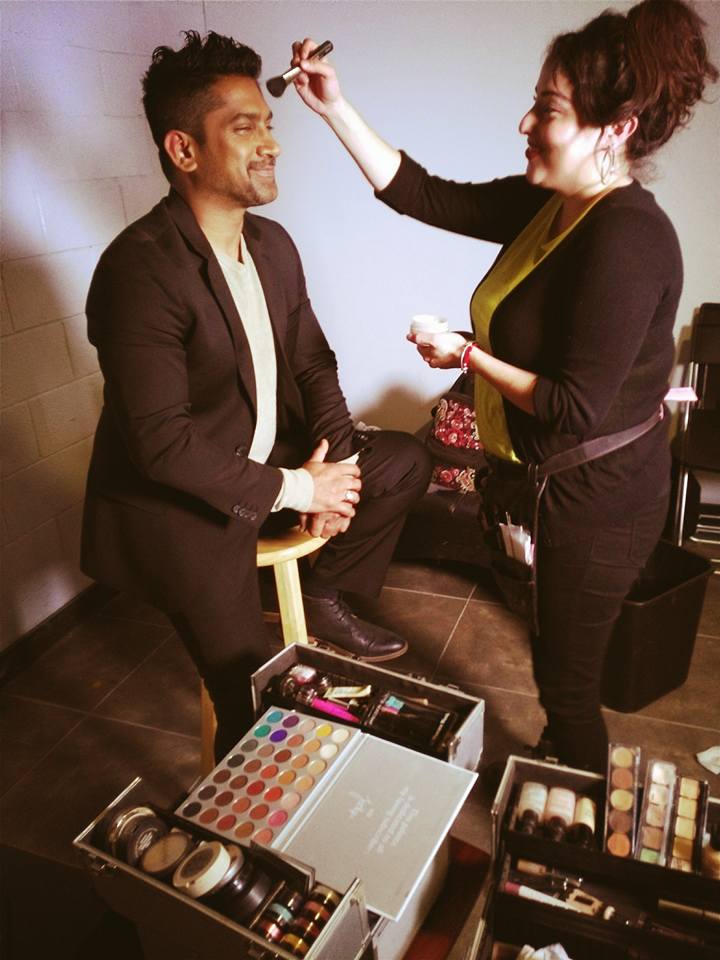
However, the path to pursuing his passion was not without its difficulties. Breaking into the entertainment industry, especially on an international level, requires determination and resilience. The competition is intense, and facing rejection is part of the journey. However, Mahesh is nothing but persistent. “I firmly believe that challenges are just opportunities for growth and use them as stepping stones to improve my skills and refine my craft.” the actor shares.
Adapting to different cultures, languages, and work environments as an international actor presented its own set of challenges. But Mahesh embraced the learning process, as it allowed him to gain valuable experiences and broaden his horizons as both an individual and a performer. Despite the ups and downs, the love for storytelling and the desire to connect with audiences around the world have held the actor in good stead.
Making his mark
Mahesh started as a model and the transition to movies happened gradually leading to roles in commercials and eventually in Hollywood movies. “While both professions involve the camera, acting allows for a deeper exploration of characters and emotions, making it a more immersive and challenging experience compared to modeling.” the actor shares.
The actor is chuffed to get a chance to work with Hollywood studios like Barbie by Warner Brothers and Haunted Mansion by Disney. The actor shares, “Being a part of projects alongside well-known Hollywood stars was a true testament to the hard work and dedication I’ve put into my craft. Those moments motivated me to continue pushing myself to new heights. They serve as a constant reminder of how far I’ve come and the incredible opportunities that lie ahead in my journey as an actor in the world of movies.”
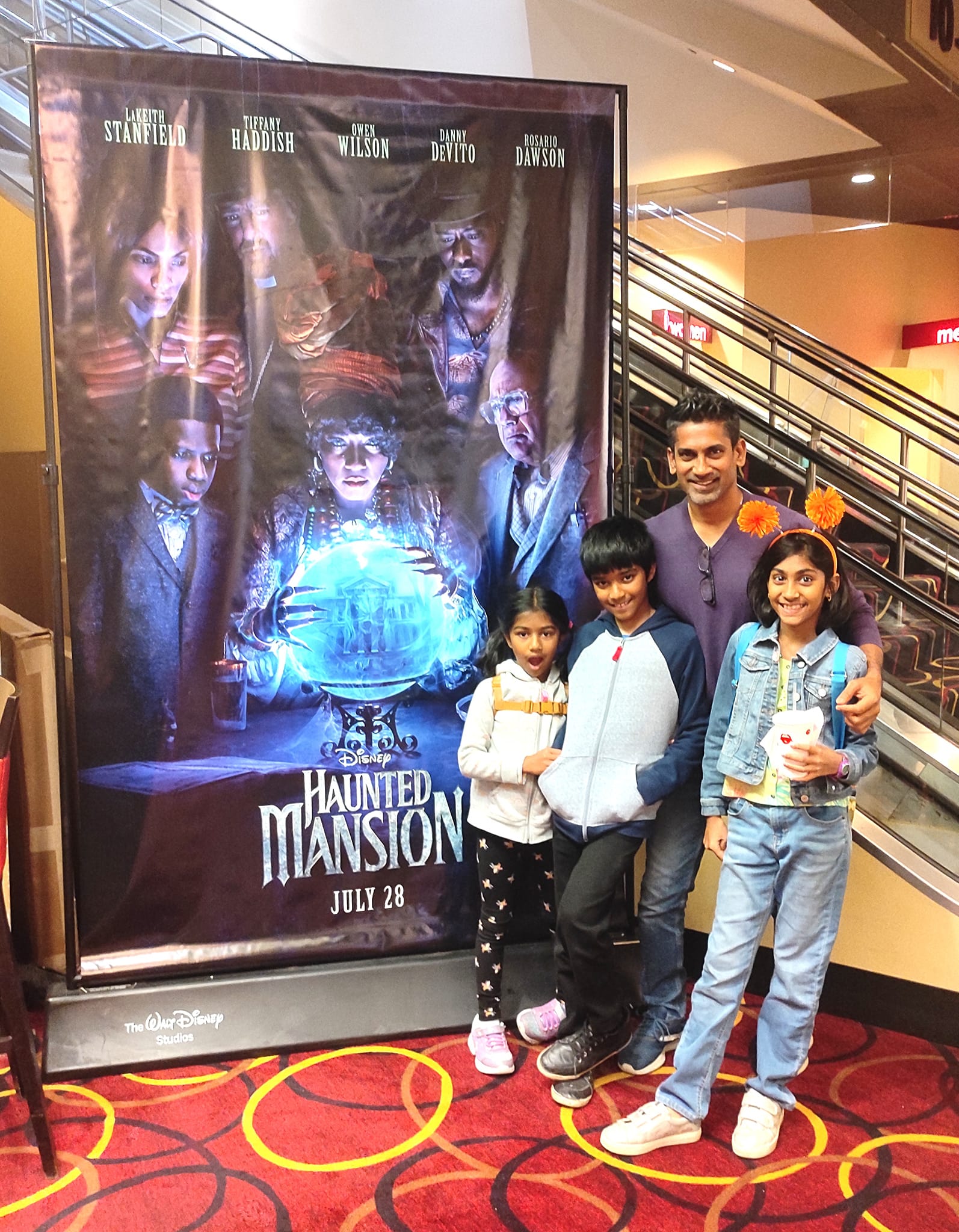
Working in Hollywood can be a competitive and unpredictable journey, but the actor takes everything in his stride. “Breaking into Hollywood as an actor from Asia was indeed challenging,” the actor confesses before adding, “Regardless of where you come from, the journey is tough until you make it. Being from a different country required me to put in extra effort to understand the industry. However, Hollywood appreciates professionalism and talent, and I always give my best in every production.”
Hyderabad to Hollywood
Asian actors are usually pigeonholed in the West as exotic and restricted to playing certain characters. The actor nods and ponders before answering, “It’s true that typecasting can be a concern for Asian actors in the West. However, the evolving landscape of the entertainment industry, particularly with the rise of OTT platforms and global cinemas, has brought about positive changes. Audiences and directors are now able to see Asian actors in more pivotal and diverse roles, moving away from traditional typecasting and limitations.”

Mahesh aims to continue pushing boundaries and taking on roles that challenge perceptions and showcase the depth and range of Asian actors. He says, “By choosing roles that resonate with me and staying true to my passion for acting, I hope to contribute to changing the narrative and paving the way for more opportunities for Asian actors in the industry.” By embracing the changing dynamics of the entertainment world, the actor is breaking stereotypes with his work and representing the diversity and talent of Asian actors on the global stage.
Unfolding narrative
Each opportunity allows the actor to push boundaries and be the best version of the performer he can be. He adds, “Every project I undertake becomes a high point in my career as I embrace the challenge and strive to learn and grow from each experience.” He wants to explore his craft further by taking on interesting and challenging roles. “Each new project presents a fresh chance to showcase my skills and contribute to the world of entertainment. I’m eager to continue my journey in the industry, taking on new challenges, and delivering performances that leave a lasting impact on audiences worldwide,” the actor explains.

Given his background in India and proficiency in multiple languages, Mahesh is open to working in Tollywood and Bollywood projects. The actor signs off saying. “Acting in Indian films has always been close to my heart, and I cherish the rich storytelling and diverse characters that these industries offer. As I continue to grow as an actor, I eagerly look forward to bringing my skills and experiences to Indian cinema and contributing to meaningful and entertaining projects. So, yes, you can expect to see me in some exciting Indian films in the future!”


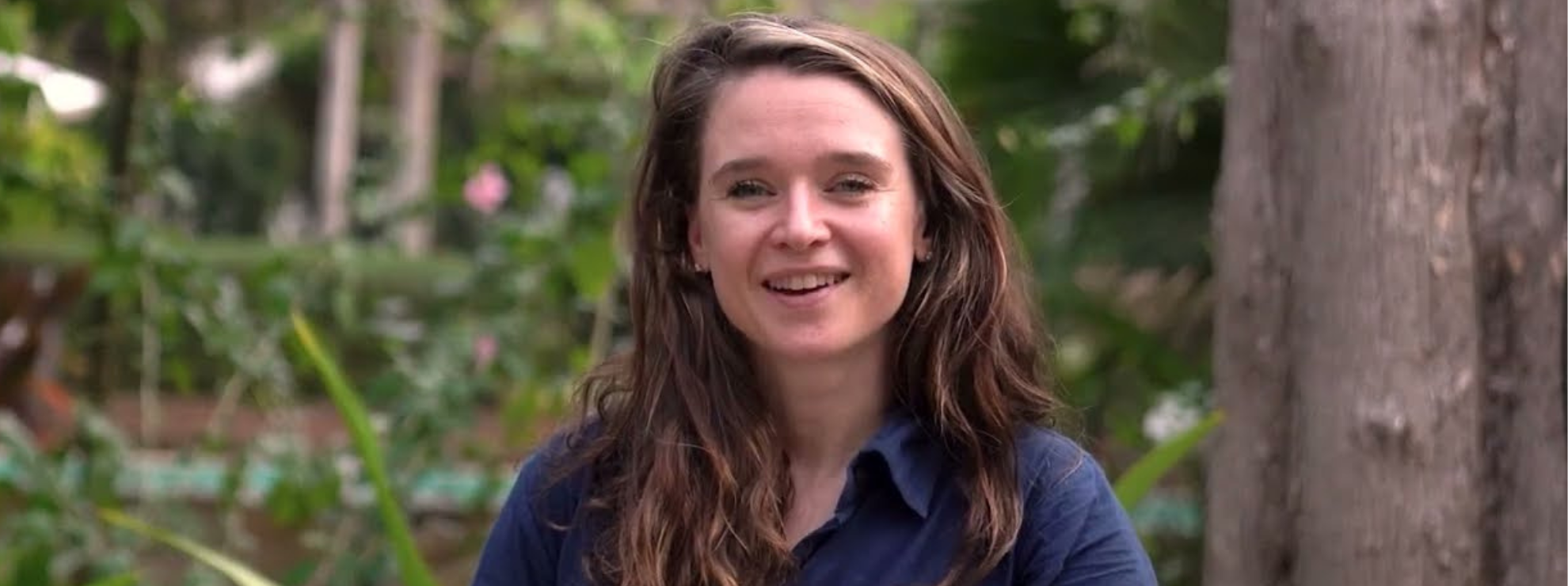
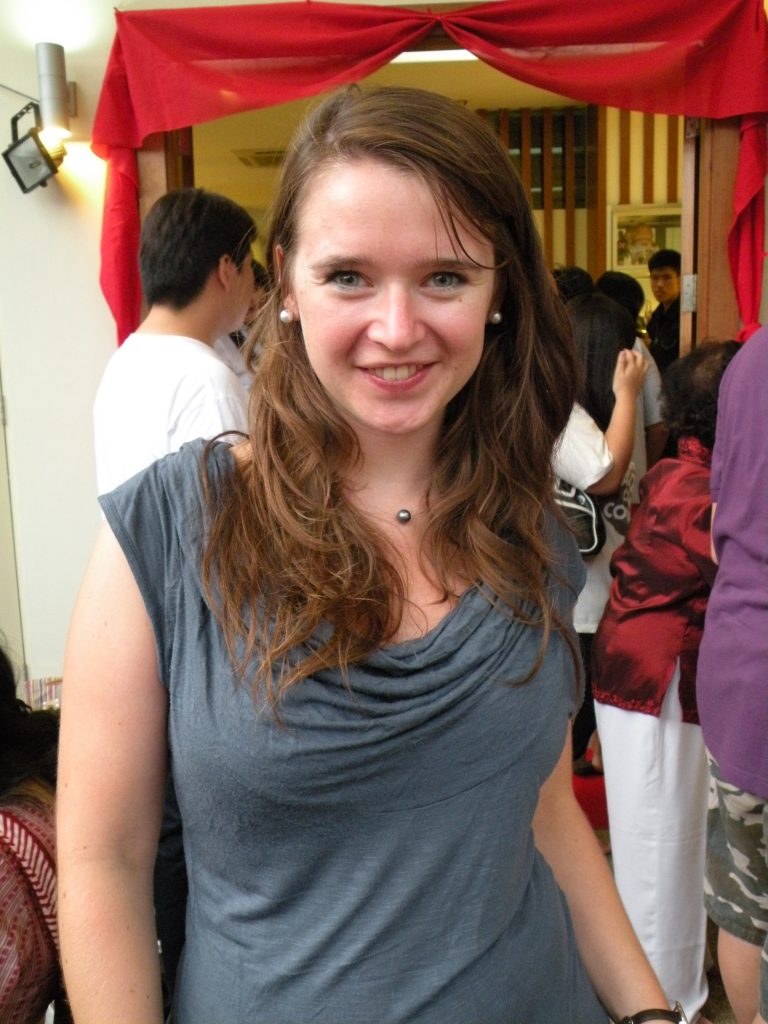
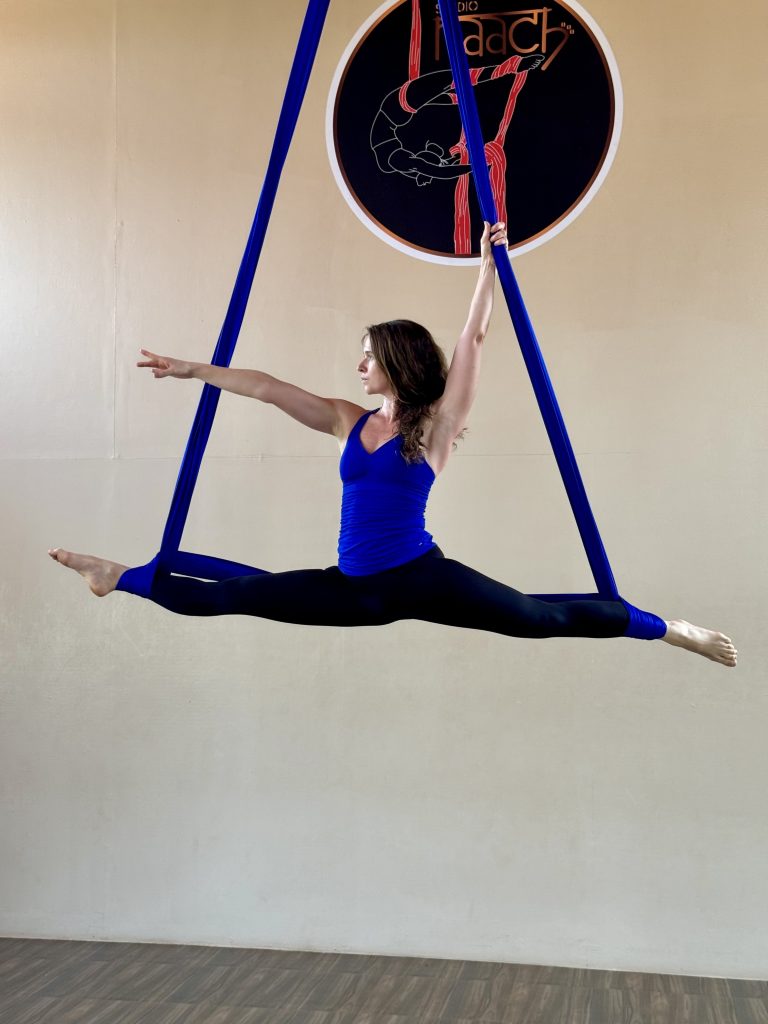

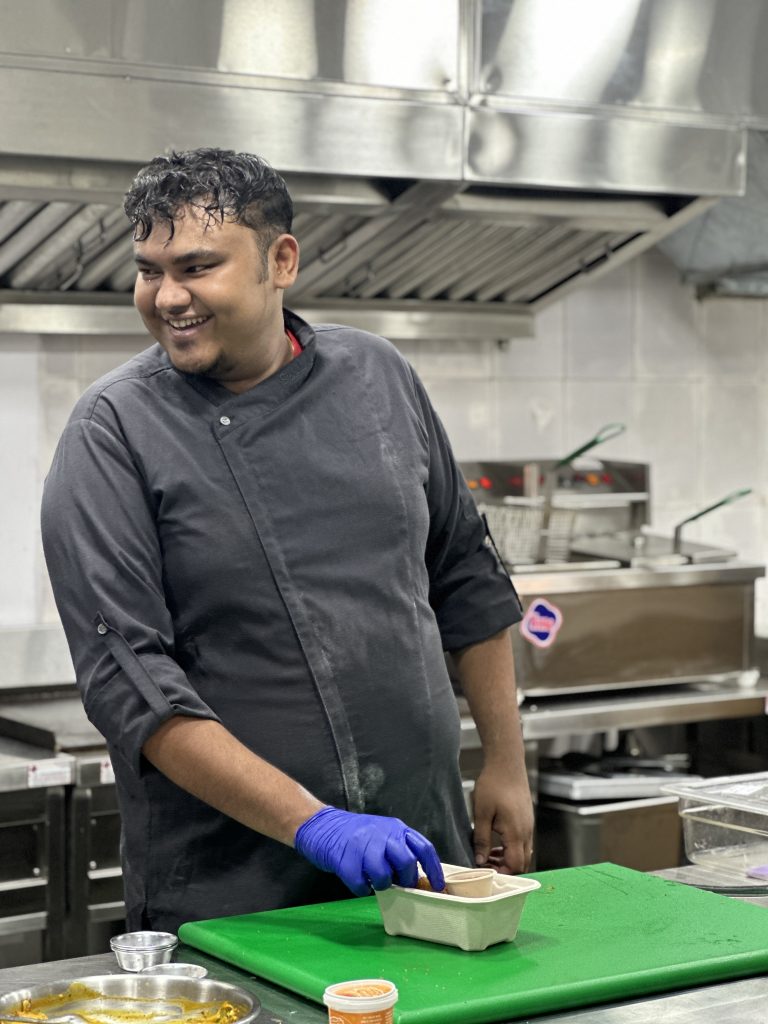
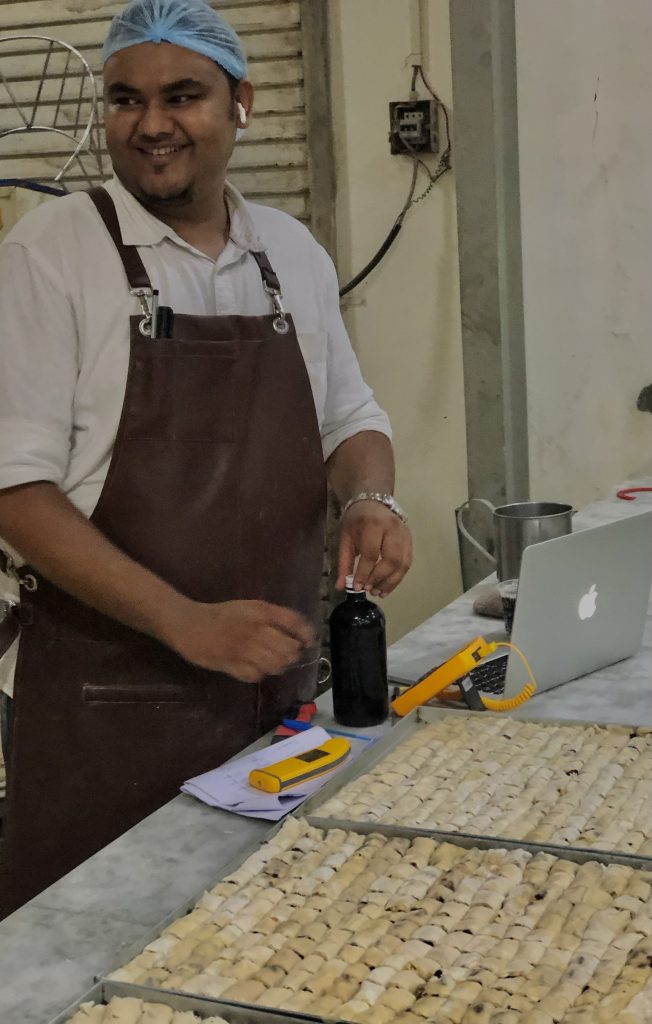
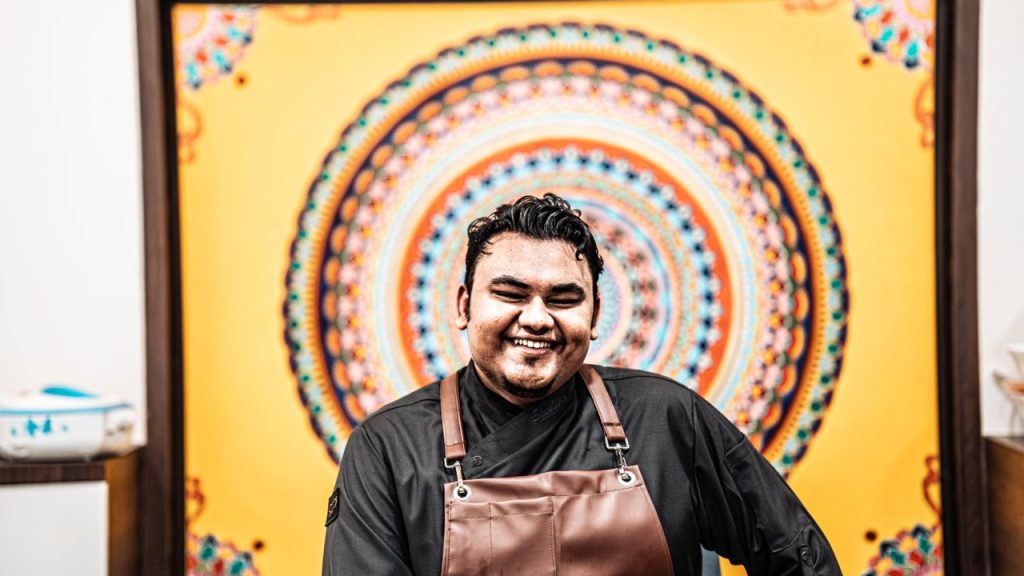
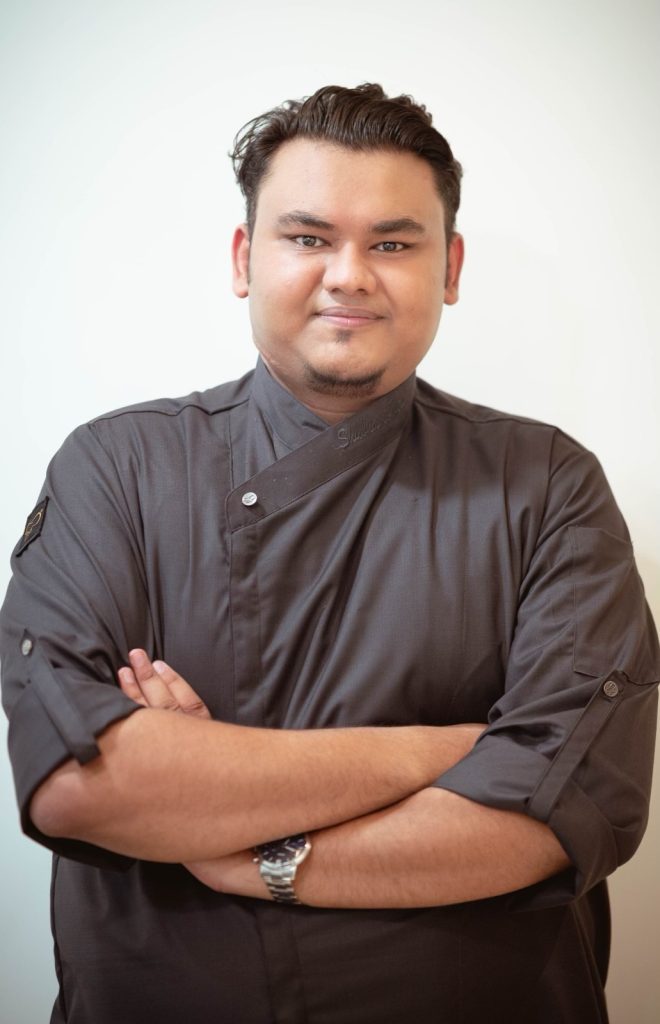

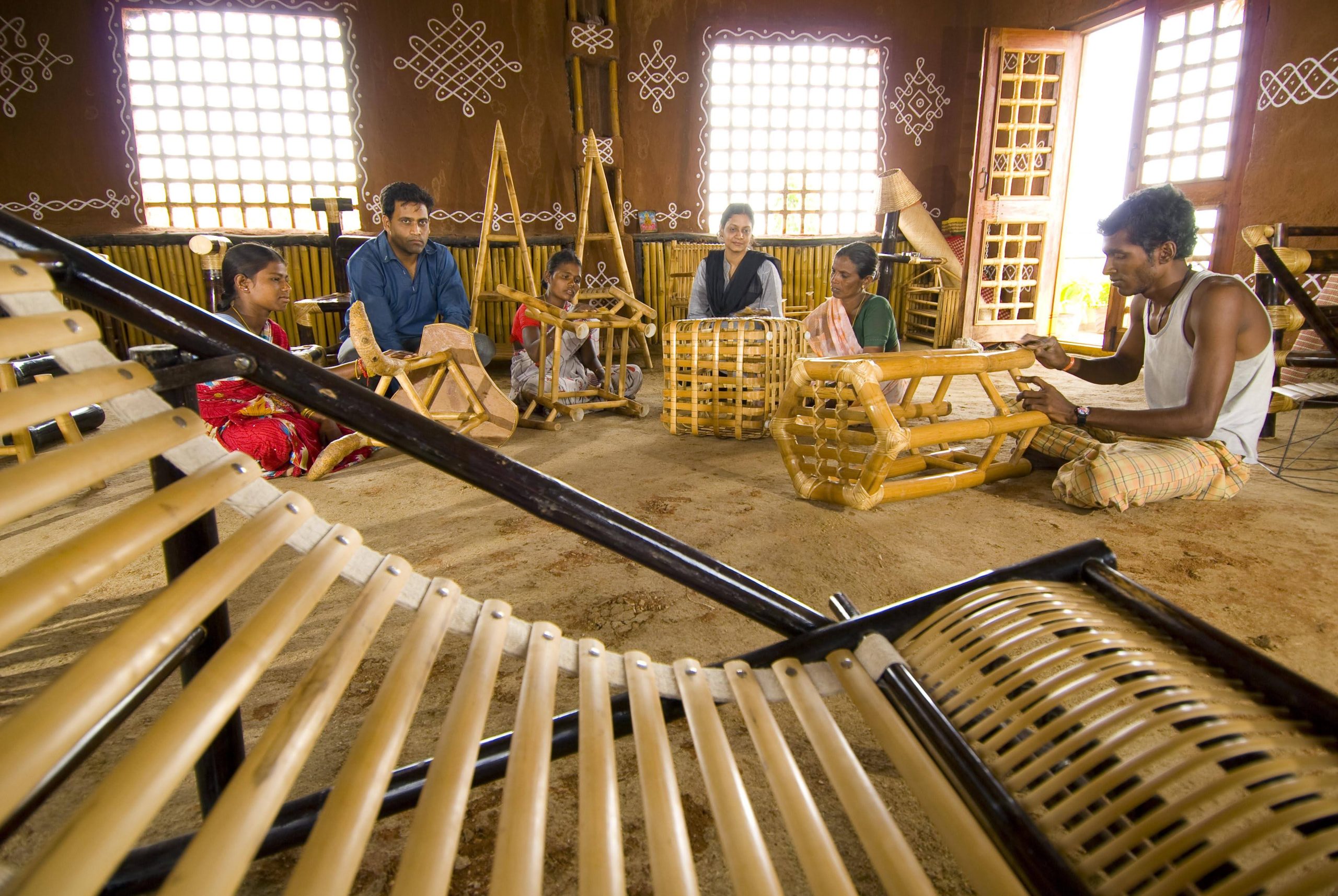
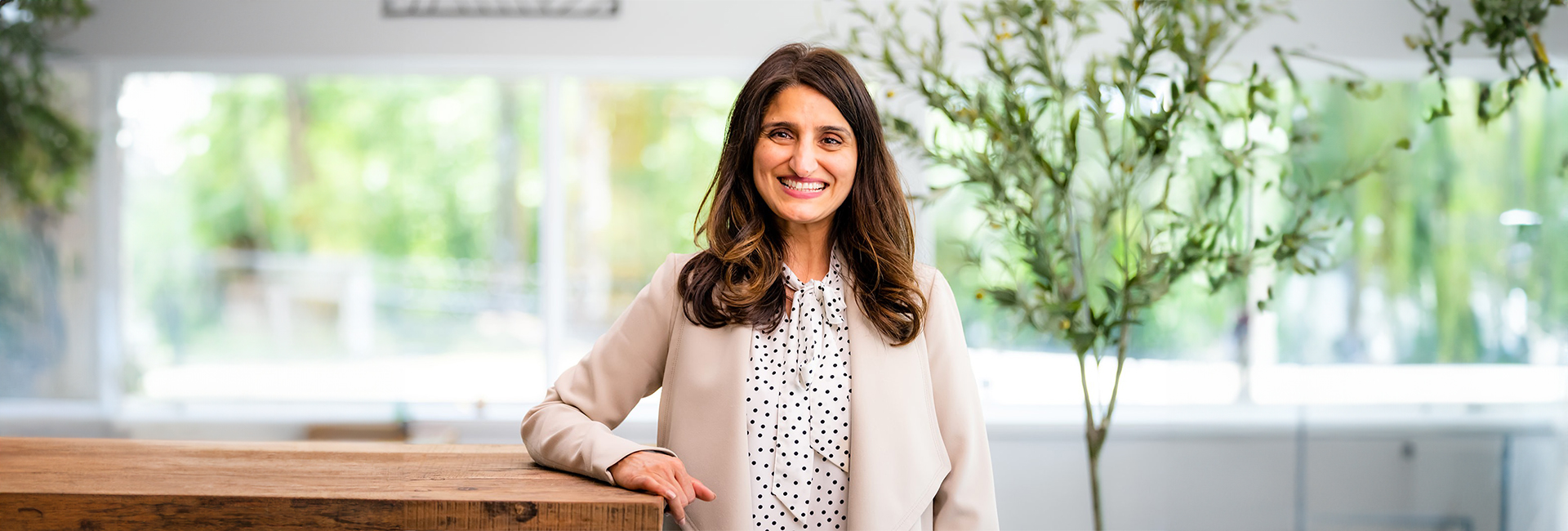
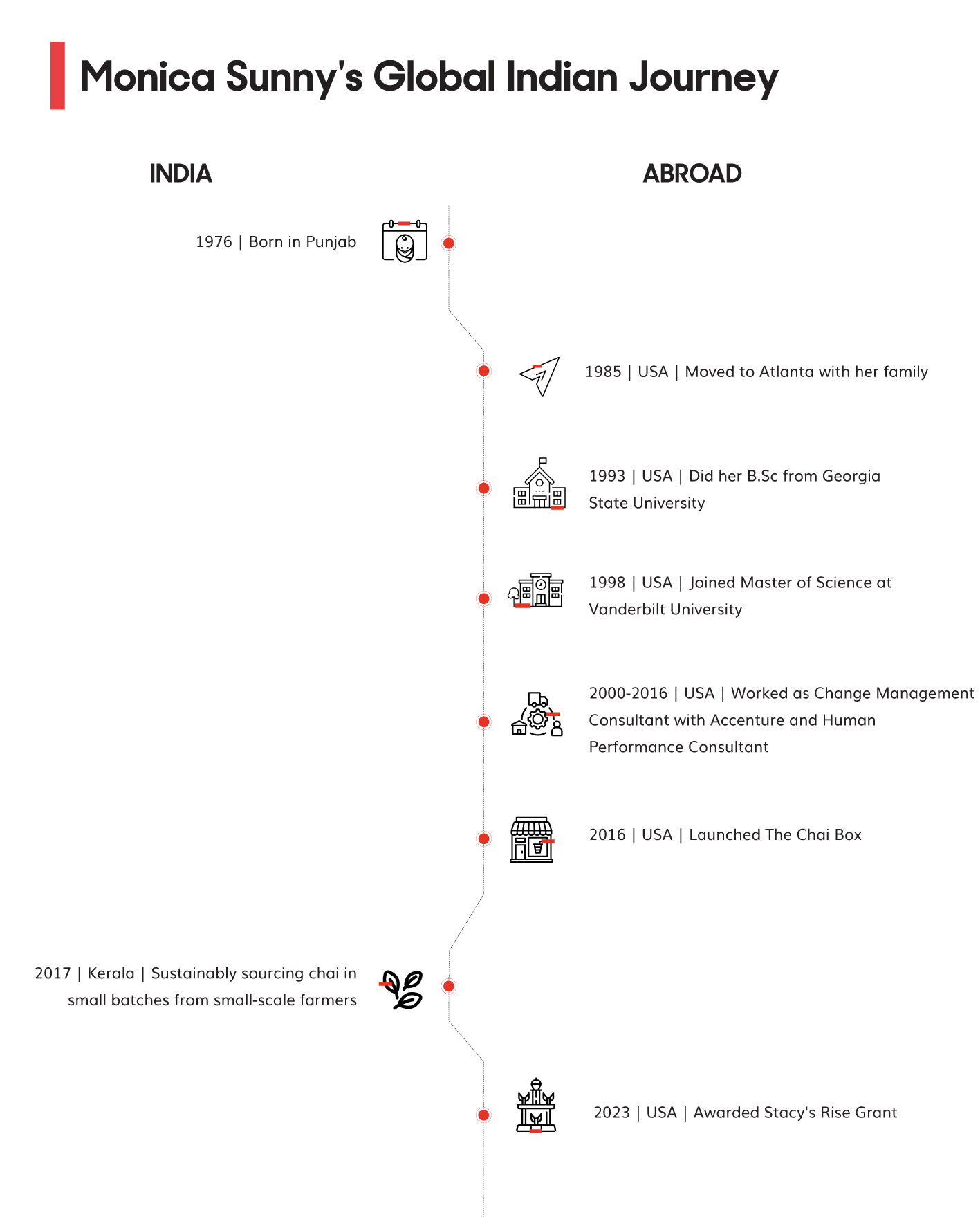
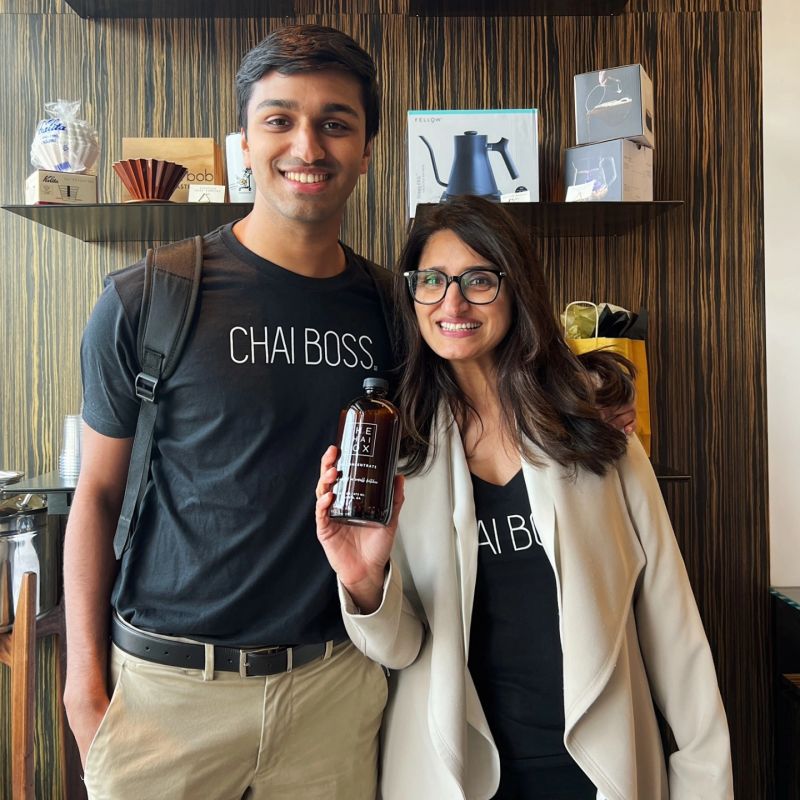 Monica Sunny with her son[/caption]
Monica Sunny with her son[/caption]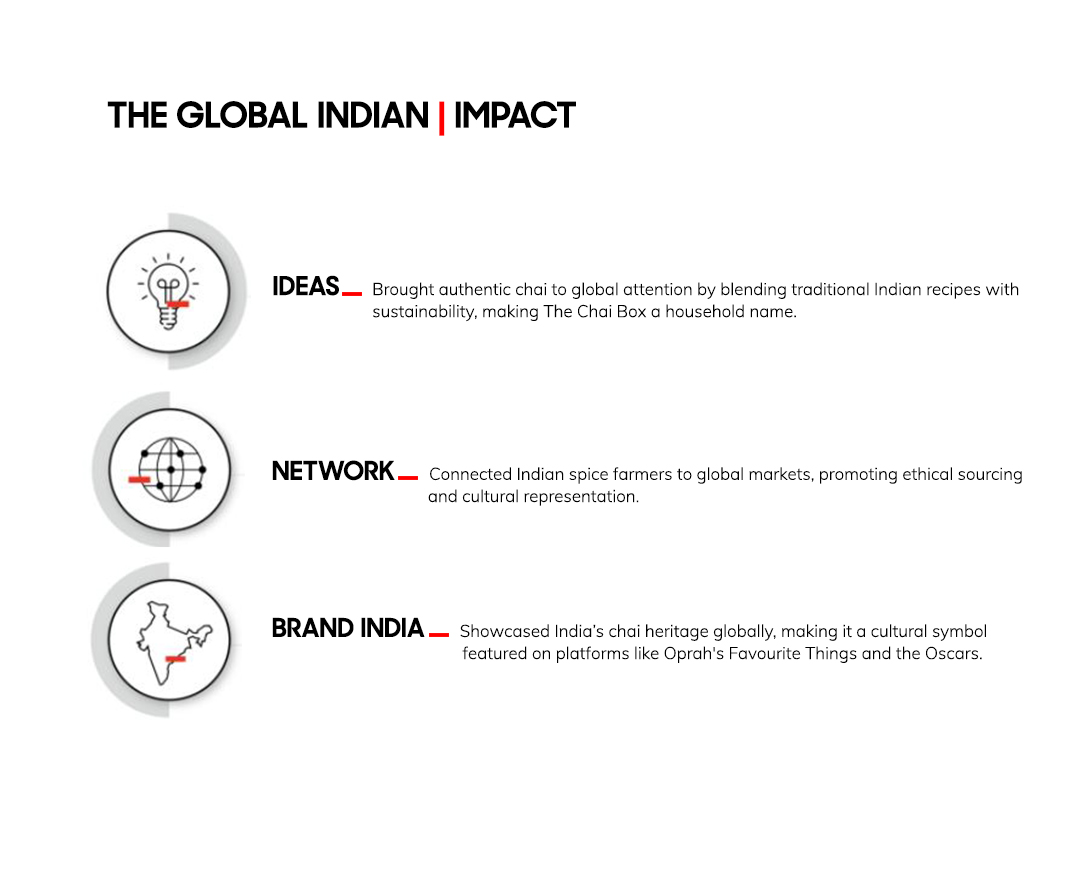

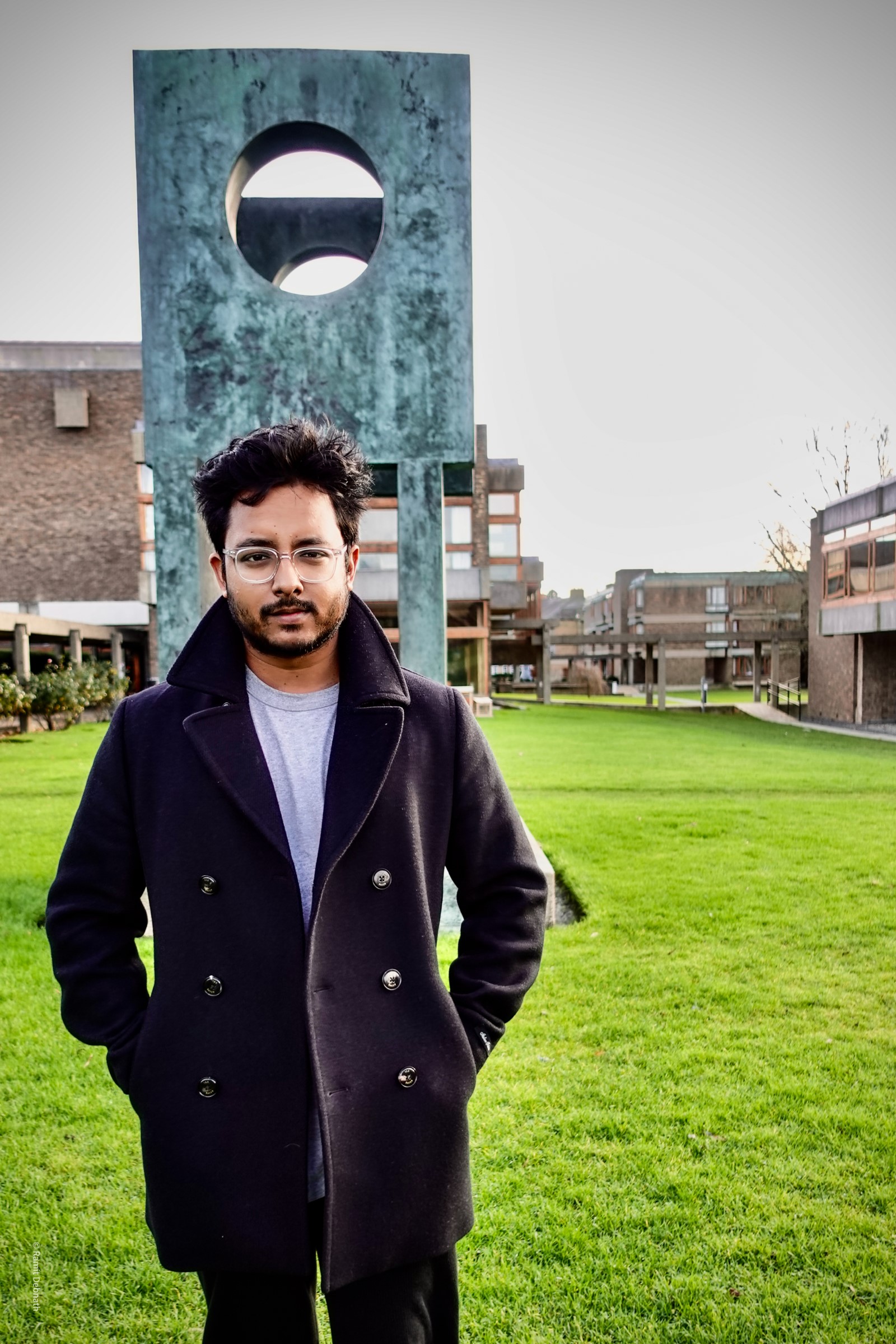 Ramit Debnath[/caption]
Ramit Debnath[/caption]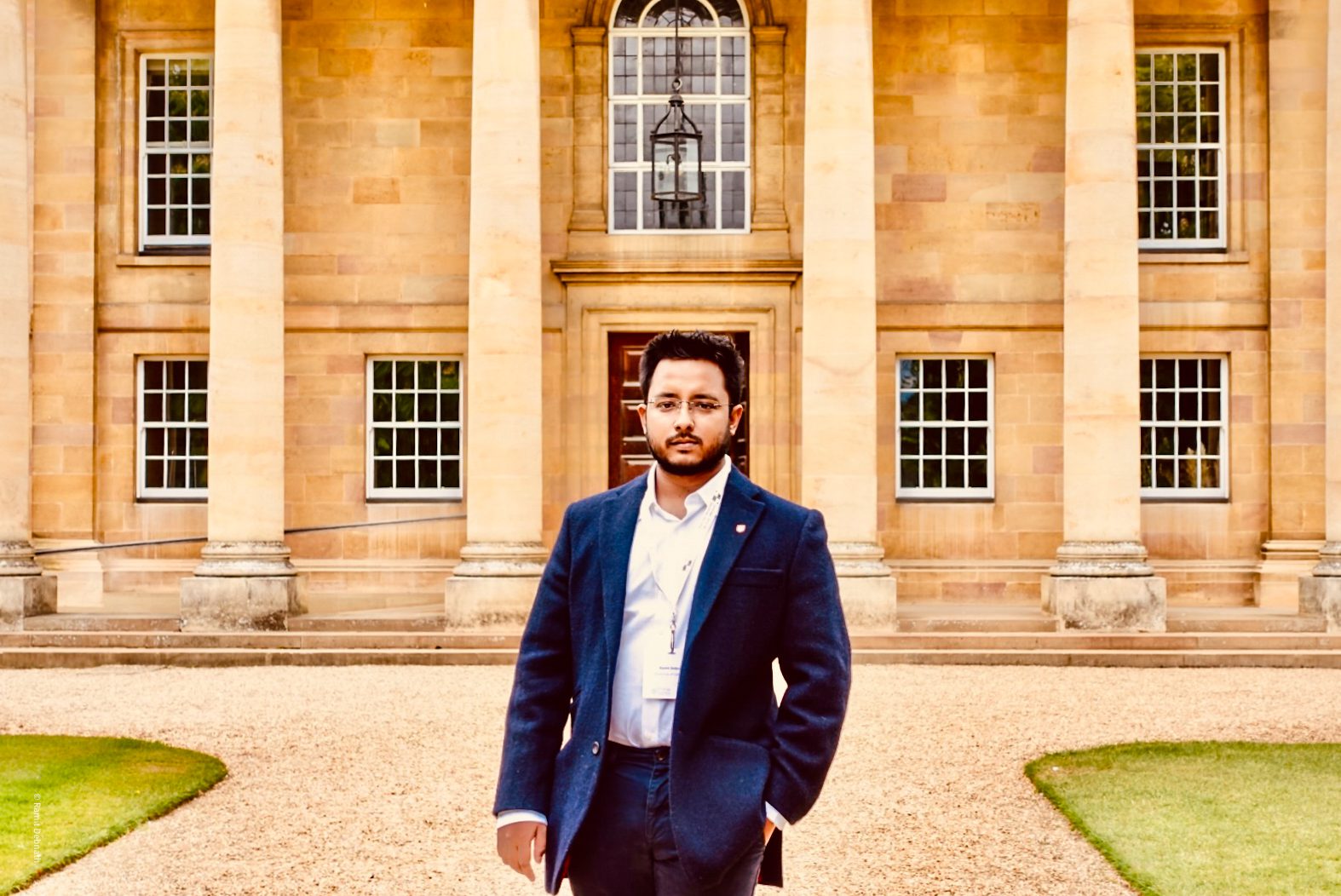
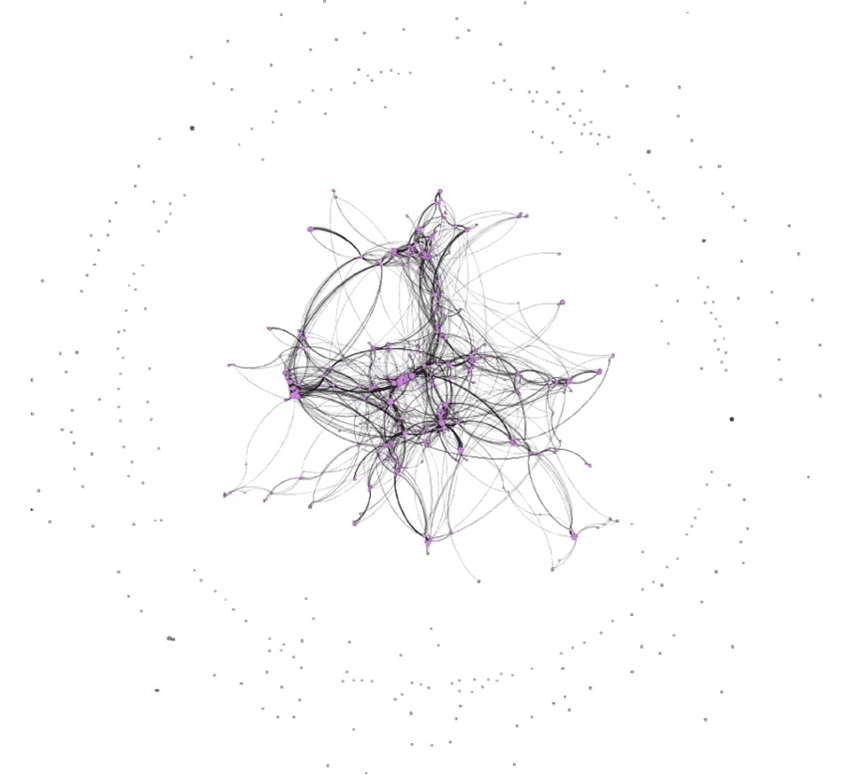 Graph showing network of Twitter interactions. Source:
Graph showing network of Twitter interactions. Source:
Wonderful article, Mahesh. You have worked hard and have your skills over time. The best is yet to come.